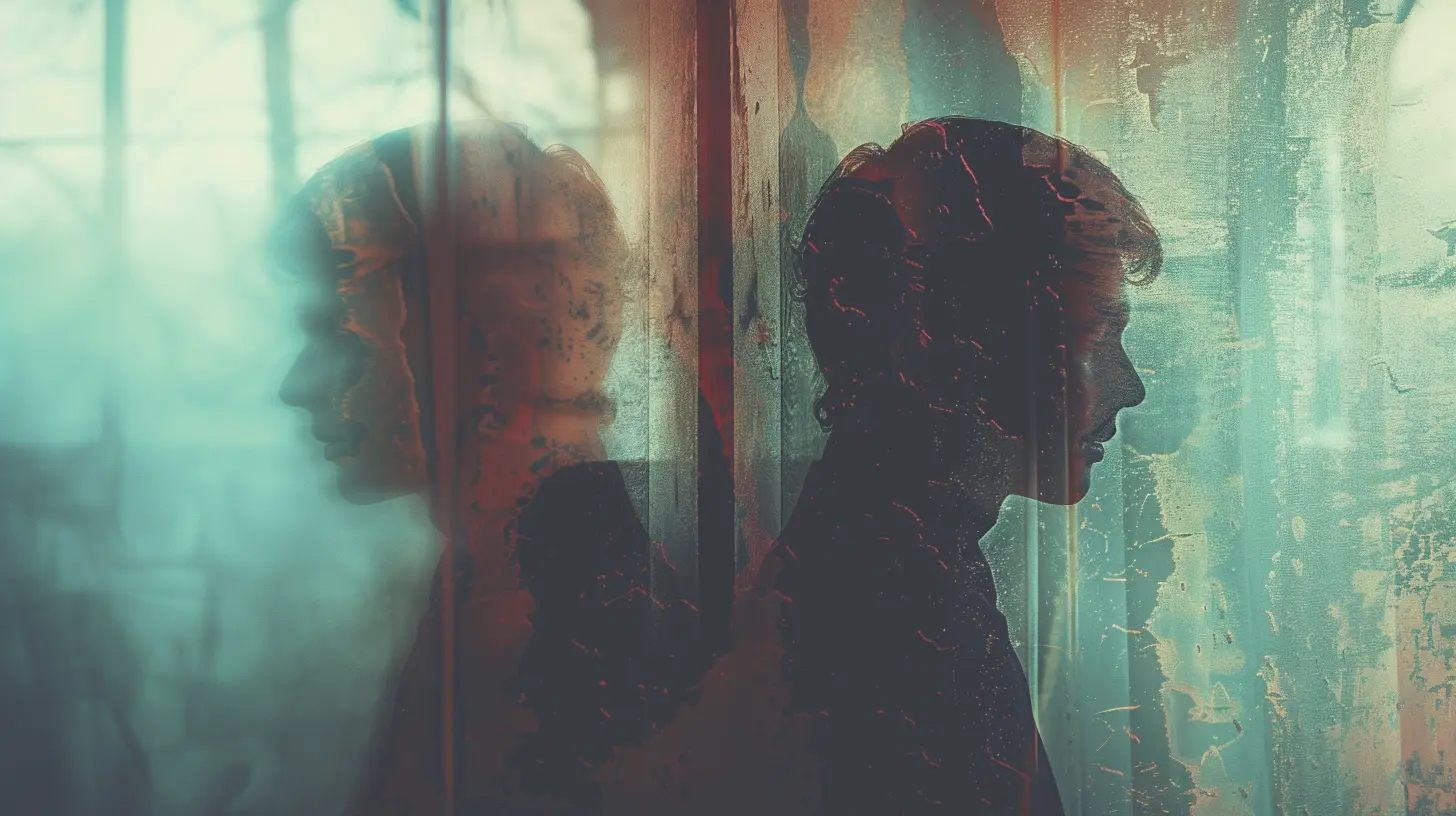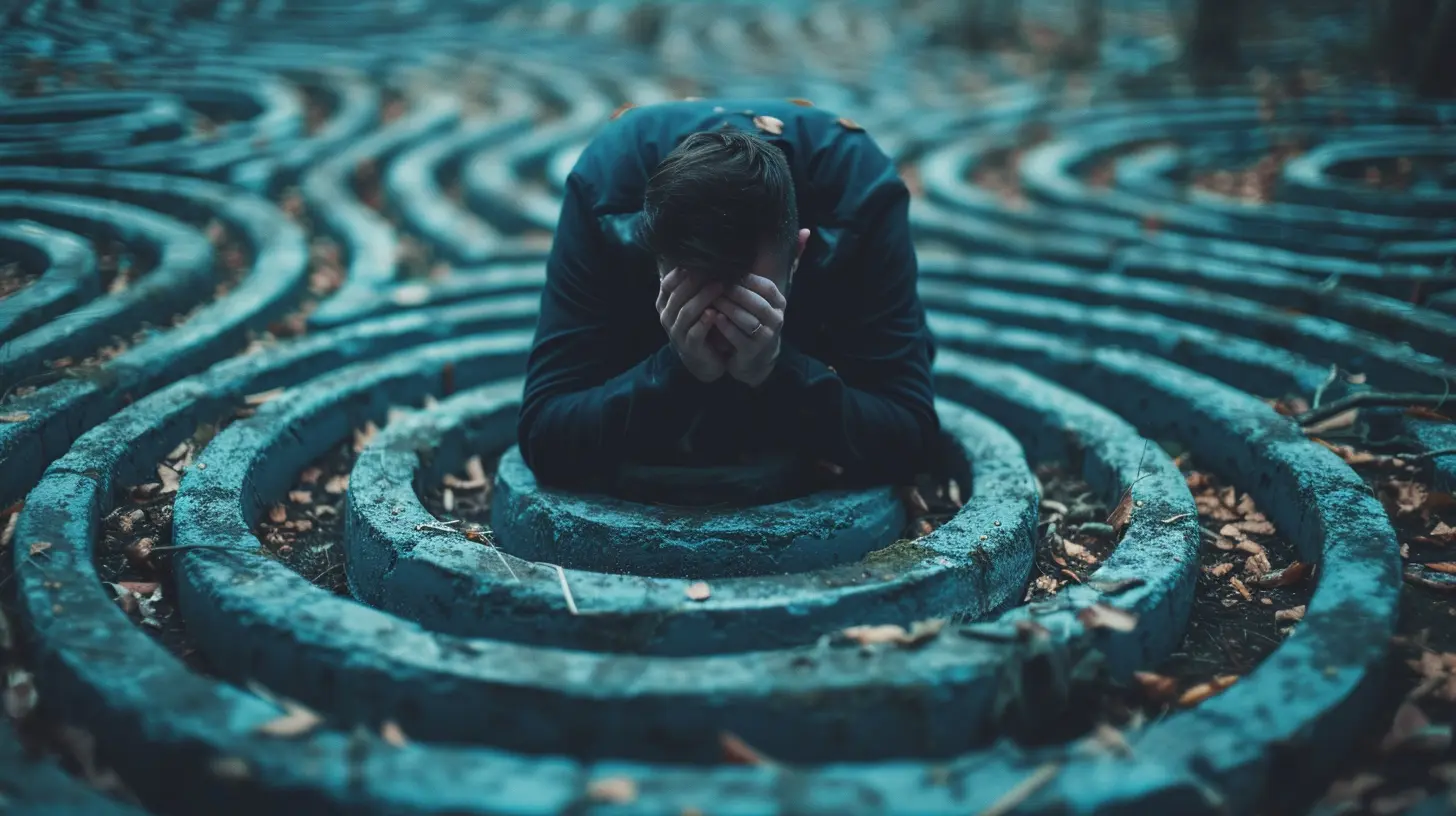10 December 2024
When we think about mental health, two terms that often come up are phobias and Obsessive-Compulsive Disorder (OCD). While they are distinct conditions, the line between them can sometimes feel blurry. You might wonder—where exactly do they overlap? What makes them different, yet similar enough to confuse many people? Well, let’s dive into the fascinating relationship between phobias and OCD, peel back the layers, and explore these complex conditions in a way that’s both enlightening and easy to understand.
What Are Phobias?
Let’s start with phobias. A phobia is an intense, irrational fear of something that poses little or no actual danger. It could be anything—spiders, heights, flying, public speaking—you name it. For someone with a phobia, just the thought of the feared object or situation can trigger overwhelming anxiety.Types of Phobias
Phobias are generally categorized into three types:1. Specific Phobias: Fear of a particular object or situation, like snakes, germs, or thunderstorms.
2. Social Phobia (Social Anxiety Disorder): Fear of social situations where one might be judged or embarrassed.
3. Agoraphobia: Fear of being in situations where escape could be difficult, often leading to avoidance of public places.
Symptoms of Phobias
The symptoms of a phobia can range from mild discomfort to full-blown panic attacks. These might include:- Rapid heartbeat
- Sweating
- Trembling
- Shortness of breath
- An overwhelming desire to flee
The thing about phobias is that they’re usually learned responses. Maybe you had a bad experience with a dog as a kid, and now you avoid them like the plague. Over time, this avoidance only strengthens the fear. It’s like adding fuel to a fire you’re trying desperately to put out.
What is OCD?
Now, let’s talk about Obsessive-Compulsive Disorder (OCD). OCD is a mental health disorder characterized by two things: obsessions and compulsions.Obsessions
Obsessions are intrusive, unwanted thoughts, images, or urges that cause significant distress. For example, someone might obsess over germs, constantly worrying that they’re contaminated, even when they’re not. These thoughts are persistent and feel impossible to control.Compulsions
Compulsions, on the other hand, are repetitive behaviors or mental acts that someone feels driven to perform in response to an obsession. Think of these as the brain’s flawed attempt to neutralize or reduce the anxiety caused by the obsessive thoughts. For instance, if someone is obsessed with cleanliness, they might wash their hands repeatedly, sometimes to the point where their skin becomes raw.Common Obsessions and Compulsions
- Obsessions: Fear of contamination, fear of causing harm to oneself or others, unwanted sexual or violent thoughts.- Compulsions: Excessive cleaning, checking (like making sure the door is locked over and over), counting, or even repeating certain words or phrases.
What’s important to note here is that people with OCD are often aware that their obsessions and compulsions are irrational. Yet, they feel powerless to stop them. It’s like knowing you’re in a leaking boat but being unable to patch the hole, no matter how much you bail out the water.
The Overlap: Where Phobias and OCD Meet
So, where do phobias and OCD overlap? In many ways, these conditions are like cousins—related, yet distinct. Let’s break it down.1. Anxiety is the Common Denominator
Both phobias and OCD are rooted in anxiety. Whether you’re terrified of spiders or obsessed with germs, the underlying emotion is the same: fear. In both cases, avoidance behaviors play a significant role. People with phobias avoid their triggers (like staying far away from spiders), while people with OCD use compulsions to avoid the distress caused by their obsessions (like excessive hand-washing to avoid germs).In both cases, the anxiety is intense and can feel all-consuming. It’s like your brain is stuck in a loop—fear, avoidance, relief, repeat.
2. Avoidance Behaviors
Both phobias and OCD involve avoidance behaviors. However, how someone avoids their anxiety differs slightly. People with phobias generally avoid the situation or object that triggers their fear (for example, avoiding elevators if they’re claustrophobic). People with OCD, on the other hand, avoid anxiety by performing repetitive actions or rituals (like checking the door multiple times to ensure it’s locked).In both cases, this avoidance provides temporary relief, but in the long run, it reinforces the fear or obsession, making it harder to break the cycle. It’s like putting a band-aid on a wound that needs stitches—it might help for a short time, but it doesn’t solve the underlying problem.
3. Obsessive Thoughts vs. Specific Fears
Here’s a key difference: people with phobias usually have specific fears (like fear of snakes), while people with OCD have obsessive thoughts that are broader and often more abstract (like fear of causing harm without any specific trigger). Phobias are triggered by external stimuli, while OCD obsessions often come from within.That said, there are cases where OCD and phobias overlap significantly. For example, someone might have a phobia of contamination and also obsessively wash their hands, blurring the lines between the two conditions. In these cases, the individual might meet the criteria for both a specific phobia and OCD.
Key Differences Between Phobias and OCD
While they share similarities, it’s crucial to understand the differences between phobias and OCD. This can help with proper diagnosis and treatment. Let’s go over some of the key differences.1. Source of Anxiety
- Phobias: The anxiety comes from a specific object or situation. It’s external. For example, someone with a phobia of flying is only anxious when they think about or are exposed to flying.- OCD: The anxiety comes from intrusive thoughts or mental images. It’s internal. Someone with OCD might worry about germs even in situations where exposure to germs is unlikely.
2. Behavior
- Phobias: The person avoids the source of the fear.- OCD: The person performs compulsions to reduce the anxiety caused by their obsessions.
3. Insight
- Phobias: People with phobias generally understand that their fear is irrational, but they still feel powerless to stop it.- OCD: People with OCD are often more conflicted. They might know their compulsions are irrational, but they feel compelled to perform them anyway.
How Phobias and OCD Affect Daily Life
Both phobias and OCD can significantly impact daily life. Imagine trying to go about your day while constantly feeling like you’re in danger. Whether it’s the fear of a panic attack on an airplane or the compulsion to check the stove 20 times before leaving the house, these conditions can be exhausting.Impact of Phobias
People with severe phobias might avoid certain places, people, or activities entirely. For example, someone with agoraphobia might refuse to leave their home, even if it means missing out on important life events. This avoidance can lead to social isolation, depression, and a reduced quality of life.Impact of OCD
For those with OCD, the obsessions and compulsions can take over their life. They might spend hours each day performing rituals, like cleaning or checking, making it difficult to focus on work, school, or relationships. The constant anxiety and stress can lead to exhaustion and even depression.Treatment Options: What Helps?
The good news? Both phobias and OCD are treatable! If you’re struggling with either condition, there’s hope.Cognitive Behavioral Therapy (CBT)
Cognitive Behavioral Therapy (CBT) is one of the most effective treatments for both phobias and OCD. It helps individuals challenge irrational thoughts and gradually face their fears in a controlled, supportive environment. A specific type of CBT called Exposure and Response Prevention (ERP) is particularly useful for OCD. In ERP, people are gradually exposed to their obsessions without performing their usual compulsions, helping to break the cycle of anxiety.Medication
In some cases, medication may be prescribed. Selective Serotonin Reuptake Inhibitors (SSRIs), a type of antidepressant, can help reduce the symptoms of both OCD and anxiety disorders, including phobias.Mindfulness and Relaxation Techniques
Mindfulness and relaxation techniques, such as deep breathing, meditation, and progressive muscle relaxation, can also be effective in managing anxiety. These techniques help calm the mind and reduce the physical symptoms of anxiety, like a racing heart or shallow breathing.Conclusion: Understanding the Overlap
While phobias and OCD are distinct conditions, their shared foundation in anxiety creates a significant overlap. Both involve overwhelming fear, avoidance behaviors, and a cycle that can be hard to break. However, by understanding their differences—and where they overlap—we can better grasp how to treat and manage these conditions.If you or someone you know is struggling with a phobia or OCD, remember: help is available. Whether through therapy, medication, or a combination of treatments, both conditions can be managed, allowing you to live a more fulfilling and peaceful life.










Marcus Malone
Intriguing connections; understanding overlaps enhances treatment strategies significantly.
February 6, 2025 at 4:58 PM